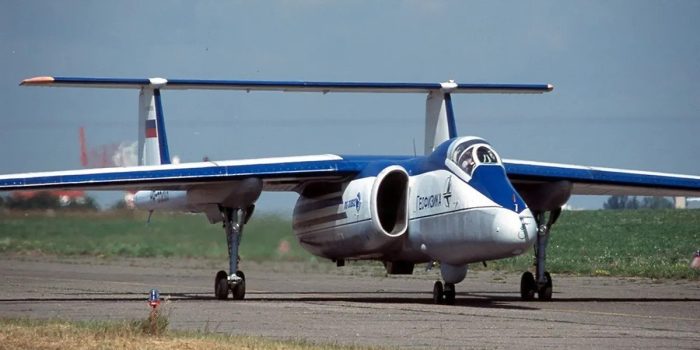In response to a U.K. Defence Intelligence review, there are speculations that Russia is poised to reintroduce its Soviet-era M-55 “Mystic B” spy plane into service over Ukraine. The move is viewed as a strategic effort to augment Russia’s Intelligence, Surveillance, Target Acquisition, and Reconnaissance (ISTAR) capabilities amidst the ongoing conflict. This reintroduction is anticipated to significantly bolster Russia’s capacity to identify, track, and surveil Ukrainian military assets across various domains, including land, sea, and air.
The U.K. Defence Intelligence emphasizes a historical deficiency in Russia’s procurement strategy, specifically its failure to establish a robust ISTAR capability. This capability is deemed critical for the timely and accurate prosecution of targets by air, sea, and ground forces. The potential return of the M-55 is seen as a response to address this strategic gap.
The Myasishchev M-55, developed in the 1980s, features two Soloviev D-30 engines, a maximum speed of 466 mph, a wingspan exceeding 122 feet, and a length of 73 feet. Originally designed for high-altitude reconnaissance, the M-55 has recently been repurposed for earth-sciences research. Notably, it has been observed carrying a military reconnaissance pod, indicating its dual usability for military intelligence gathering.

The M-55’s capability to carry up to 3,307 pounds of sensors enhances Russia’s aerial intelligence-gathering capabilities. However, this potential enhancement comes at a time when Russia faces a new challenge from Ukraine, which has acquired modern F-16 fighter jets with international support. The Ukrainian Air Force is undergoing specialized training in Romania to operate these advanced aircraft. In response, Russia has fortified its ground defenses and readied its Beriev A-50 AWACS aircraft in anticipation of the arrival of the new Ukrainian fighter jets.

While the reintroduction of the M-55 is a calculated move to address Russia’s ISTAR shortcomings, the evolving situation with Ukraine’s acquisition of modern fighter jets poses a new and dynamic threat. The constant advancements in military technology underscore the need for adaptability and continued efforts to maintain a competitive edge in intelligence and defense capabilities.
In conclusion, the geopolitical landscape in the region is marked by a delicate balance of military capabilities, with the reintroduction of the M-55 being just one element in the complex interplay between Russia and Ukraine in their ongoing conflict.


